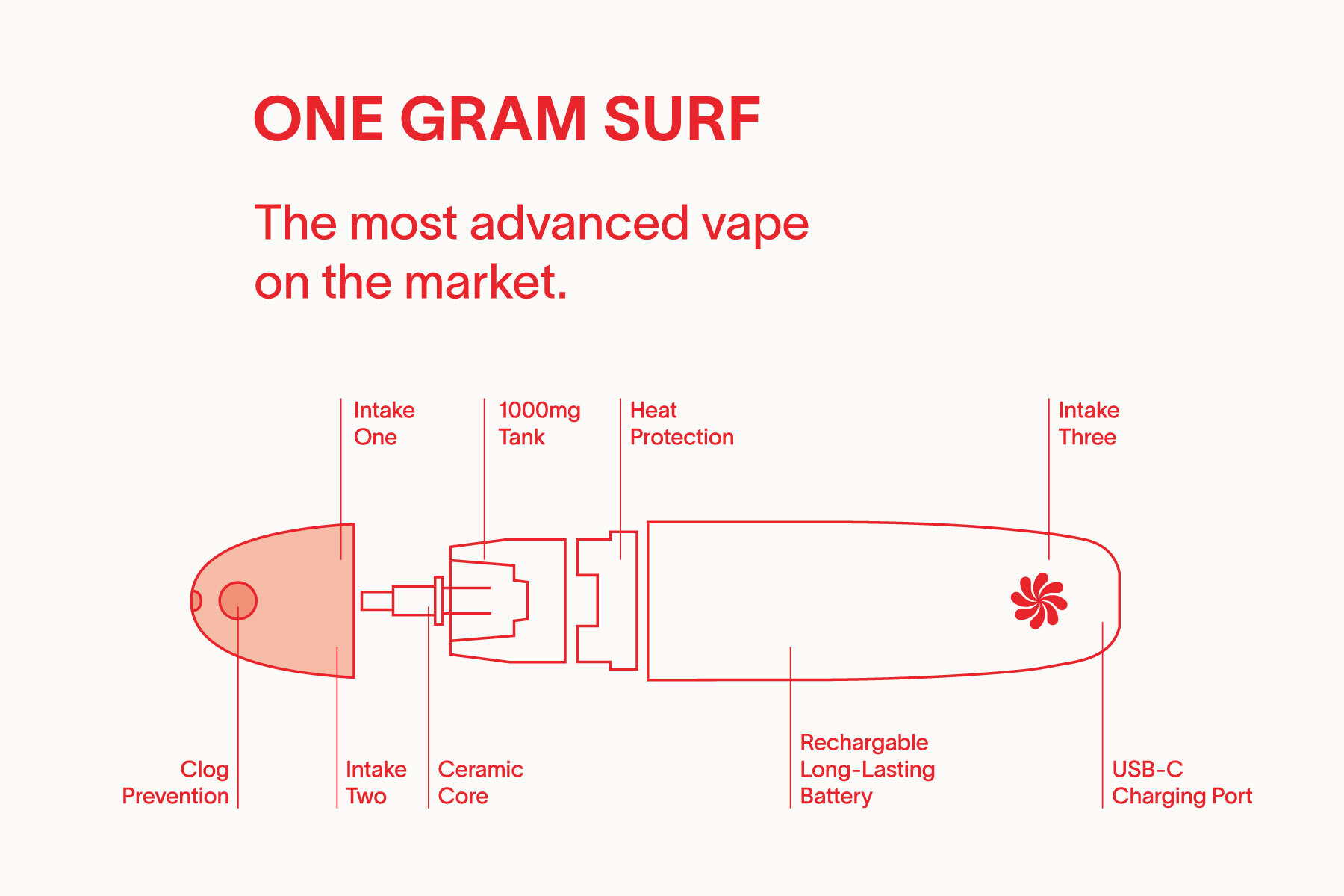Plastic packaging has been a convenience for the food, beverage, electronics, and personal care industries since its invention in the early 1900s. However, it has also led to an increase in waste and concerns about its environmental impact. Recycling initiatives were introduced to reduce waste and conserve resources. Yet, they have been hindered by various factors such as low recycling rates, limited recycling infrastructure, downcycling, and corporate greenwashing tactics. As we reflect on this year’s upcoming Earth Day, we wanted to share a viewpoint on these issues and raise questions about the responsibility of corporations and industries in creating waste and pollution.
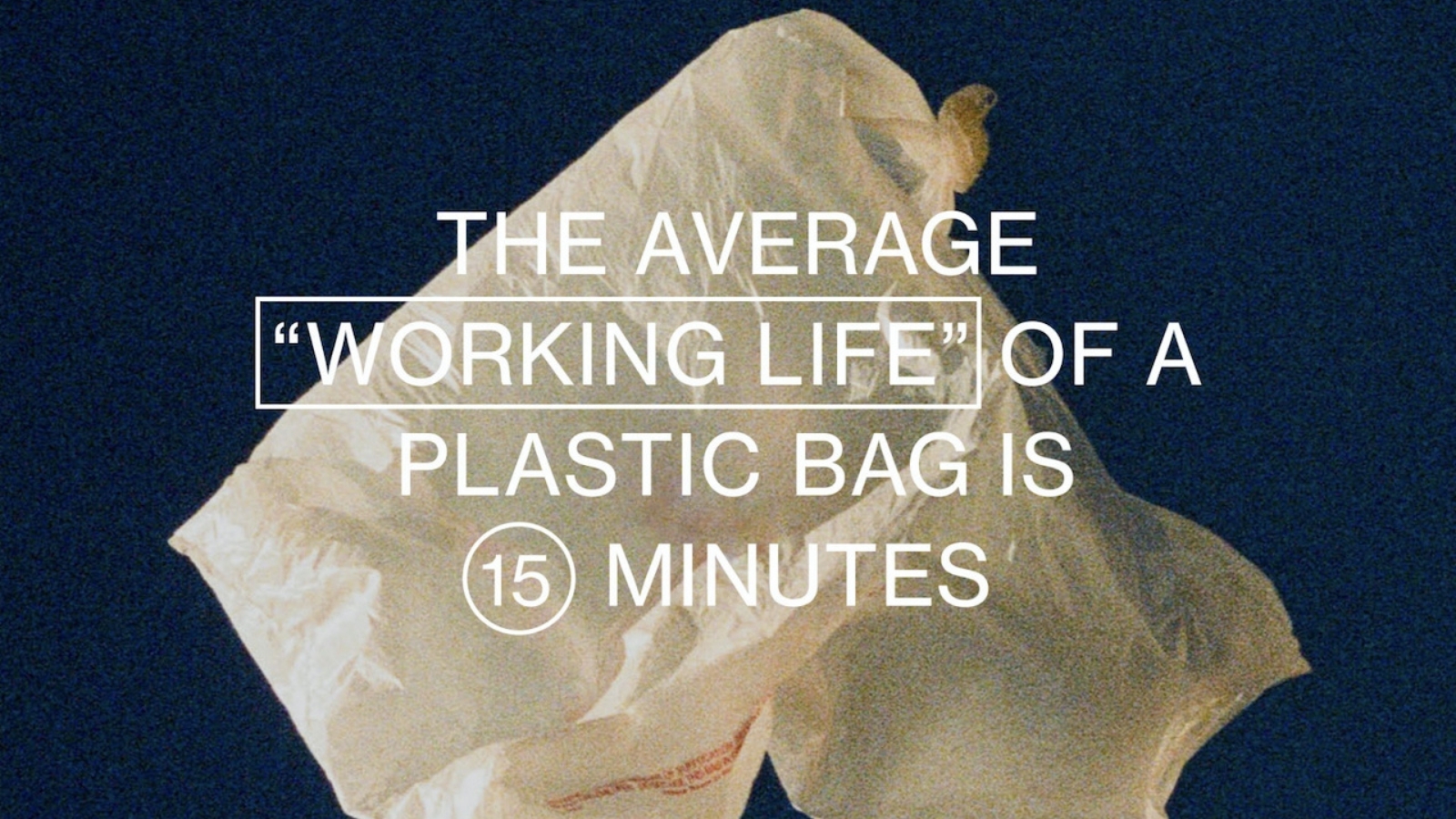
The History of Plastic Packaging
The story of plastic packaging begins in the early 1900s with the invention of Bakelite, the first synthetic plastic. This revolutionary material was initially used for electrical insulators, but its potential as a packaging material soon became apparent. Over the following decades, the development of new types of plastics, such as polyethylene, polyvinyl chloride (PVC), and polystyrene, accelerated the rise of plastic packaging.
The post-World War II era saw a boom in plastic production and the widespread adoption of plastic packaging for a variety of applications. The affordability, durability, and lightweight nature of plastics made them an ideal choice for packaging a vast array of products, from food and beverages to electronics and personal care items. This convenience and versatility led to a rapid increase in the consumption of single-use plastics and, consequently, a mounting waste problem.
As plastic packaging became more prevalent, so did concerns about its environmental impact. The 1960s and 1970s brought about a growing awareness of pollution and resource conservation. In response, the first curbside recycling programs were introduced in the 1970s, to reduce waste and conserve resources.
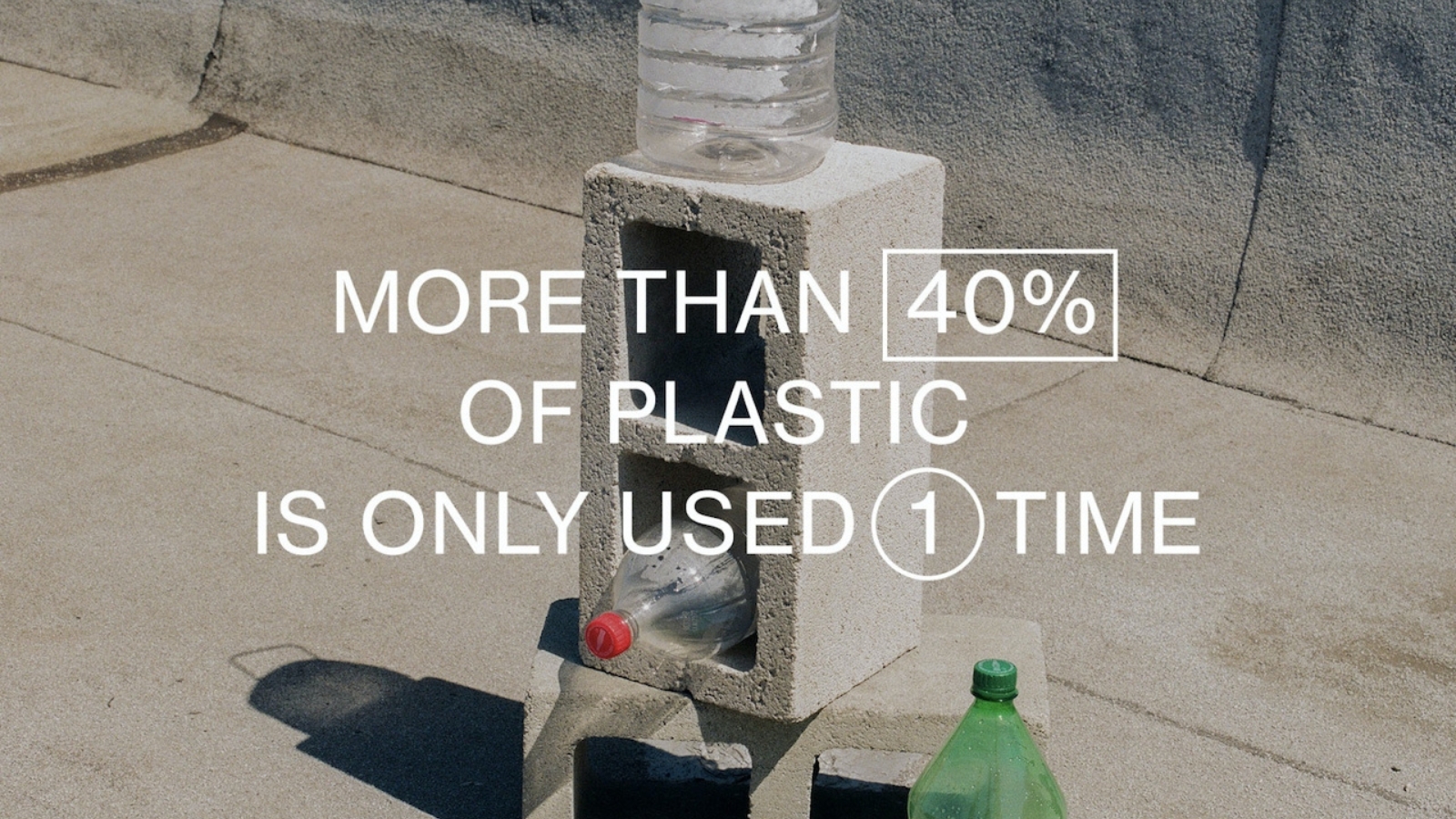
Recycling in the Cannabis Industry
The cannabis industry has a variety of packaging options available for their products, but compliance laws often mean that manufacturers must use cumbersome packaging to meet state guidelines. This can be counterintuitive to sustainability efforts. Vape carts, in particular, are difficult to recycle due to their multiple components, including hazardous lithium-ion batteries, which require special handling and disposal.
Additionally, vape carts often contain residual amounts of a cannabis extract, which can pose regulatory challenges for recycling facilities. Despite these challenges, many cannabis brands prioritize sustainability by using recyclable, biodegradable, and compostable materials, as well as environmentally friendly inks and dyes.
Consumers can support sustainable cannabis packaging by choosing brands that prioritize sustainable options and reusing containers for storage or repurposing. They can also engage with cannabis companies, dispensaries, and local officials to encourage more sustainable practices. Staying informed and sharing information with others can raise awareness and inspire others to take action toward a greener future for the cannabis industry.
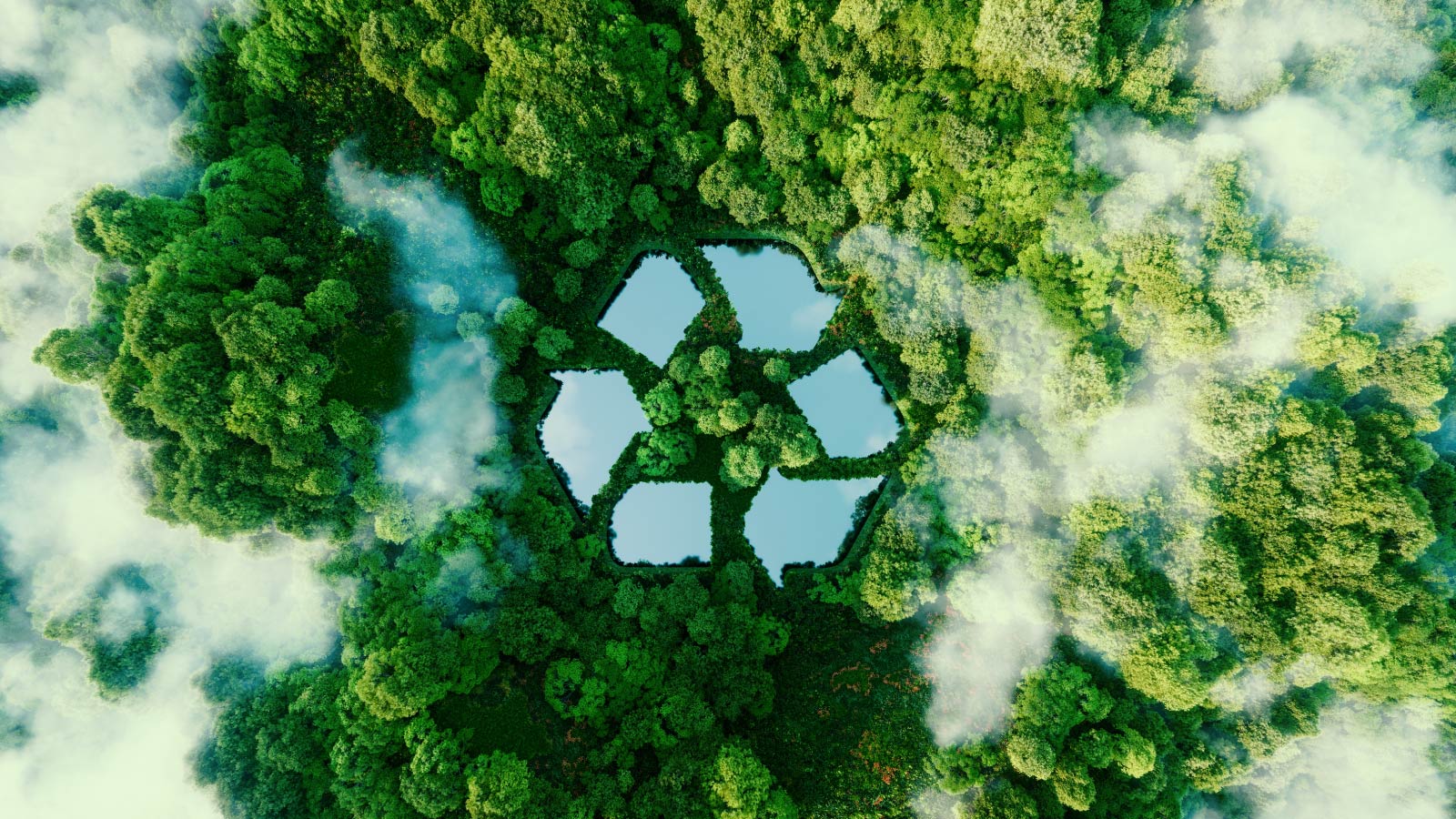
Corporate Greenwashing Tactics
The issue of responsibility for recycling and waste management has long been a point of contention. While consumers play an essential role in the recycling process, corporations have a significant part in producing and marketing the products that contribute to the waste problem. However, consumers often bear the brunt of the responsibility for recycling, and there are several reasons for this imbalance.
Many large corporations have funded public relations campaigns and recycling initiatives that emphasize the importance of consumer recycling while downplaying their role in creating waste.
In many countries, there is a lack of strict regulations and policies that hold corporations accountable for their environmental impact. Without robust legislation in place, corporations have little incentive to invest in more sustainable production methods or packaging materials.
Placing the responsibility of recycling on consumers is a convenient way for corporations to avoid addressing the root causes of the plastic waste problem. By promoting recycling as the primary solution, corporations can continue business as usual while consumers are left to manage the resulting waste.
A Sympathetic Campaign
One of the most memorable initiatives was the iconic commercial featuring a distraught Native American, often referred to as the “Crying Indian” ad. The powerful advertisement, which first aired in 1971 and continued to air throughout the 90s, showed a Native American man paddling a canoe through polluted waters and walking along a litter-strewn roadside. As the camera zooms in on his face, a single tear rolls down his cheek, symbolizing the deep emotional impact of environmental degradation.
The commercial was highly effective in capturing public attention and raising awareness about the importance of proper waste disposal and recycling. It played a significant role in shaping public perceptions of recycling, emphasizing the responsibility of individuals to address litter and waste problems. However, critics have argued that the commercial’s focus on individual action may have inadvertently downplayed the role of corporations and industries in creating waste and pollution.
This greenwashing tactic has led to a widespread belief that recycling is the ultimate solution to the plastic waste problem. In contrast, the responsibility of the corporations producing the waste is often overlooked.

Should Plastic Companies Be Responsible for the Cost of Recycling?
Extended Producer Responsibility (EPR) is a policy approach where producers are accountable for the environmental impacts of their products throughout their lifecycle, including end-of-life management. The debate over who should bear the costs of recycling has led to discussions about implementing EPR for plastic companies. Supporters of this idea argue that making plastic companies responsible for the cost of recycling can encourage sustainable practices, reduce public costs, and promote greater accountability in the recycling industry.
Placing the financial burden of recycling on plastic companies can incentivize innovation in waste management and material design, leading to the development of new recycling technologies and sustainable packaging materials. Additionally, this can reduce the costs borne by taxpayers and municipalities, freeing up resources for other environmental initiatives or public services. By holding plastic companies accountable for the recycling process, there can be greater transparency and efficiency in the industry, addressing some of the challenges and inefficiencies in the current system.
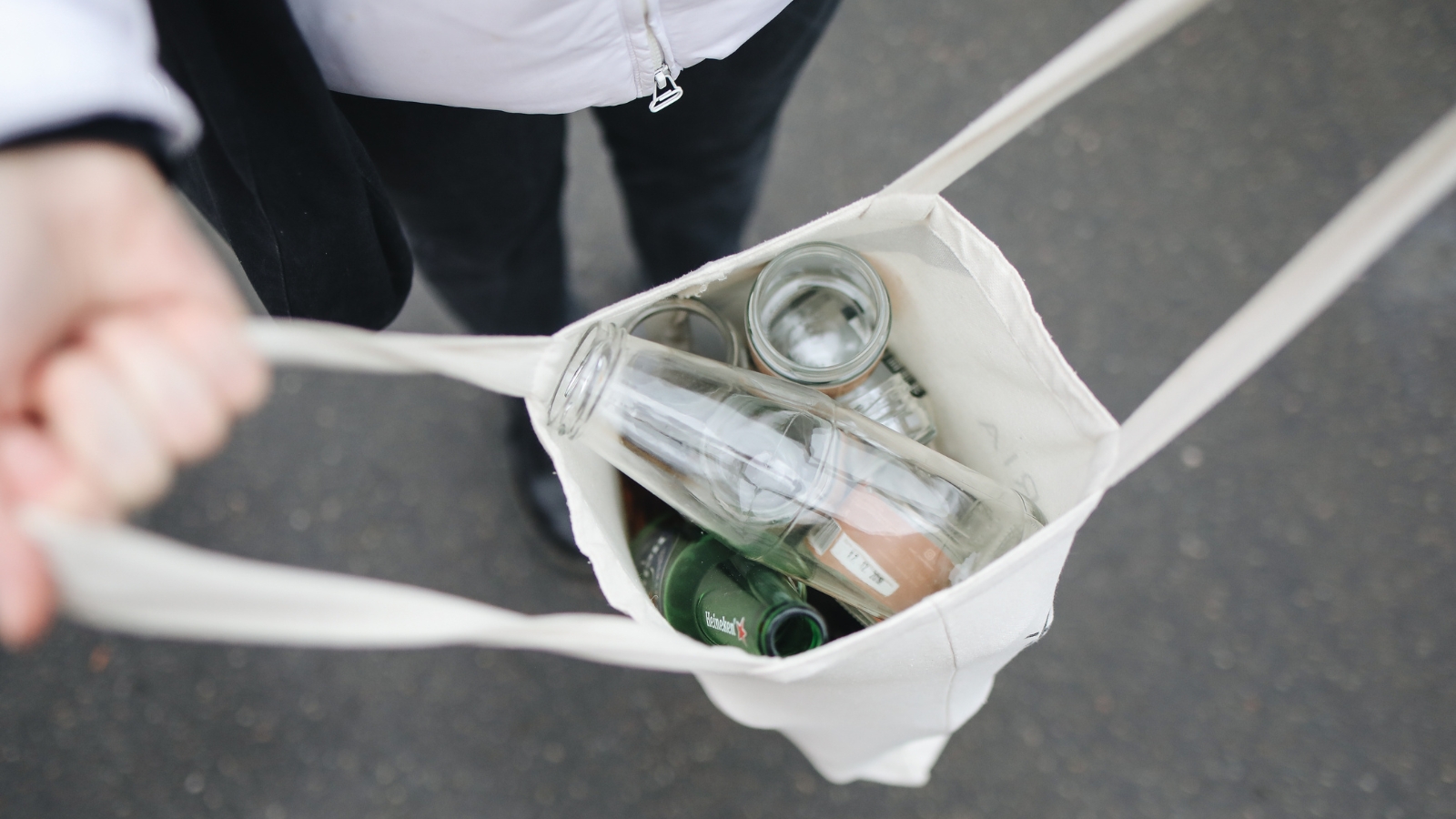
Thought Leaders in the Recycling Space
As the world becomes increasingly aware of the importance of sustainability and the need to protect our planet, green living thought leaders are stepping up to inspire, educate, and guide individuals, communities, and businesses toward a more eco-friendly future. These environmental champions come from diverse backgrounds, including science, design, entrepreneurship, and policy-making, each bringing unique perspectives and innovative solutions to address the challenges we face.
William McDonough
An architect and designer, McDonough is the co-author of the influential book Cradle to Cradle: Remaking the Way We Make Things. He is a proponent of sustainable design and a circular economy, advocating for the creation of products that are designed to be reused, recycled, or composted.
Ellen MacArthur
A former competitive sailor, MacArthur founded the Ellen MacArthur Foundation to promote the concept of a circular economy. The foundation works with businesses, academia, and policymakers to develop strategies and initiatives that reduce waste, promote recycling, and encourage the reuse of materials.
Leyla Acaroglu
Acaroglu is a designer, sociologist, and sustainability expert who advocates for systems thinking and sustainable design. She is the founder of Disrupt Design and UnSchool, both of which focus on educating and empowering individuals to create positive environmental change through design and innovation.

Celebrating Earth Day
As we come together to celebrate Earth Day, let’s remember the importance of making conscious choices to protect our planet. Whether it’s choosing sustainable cannabis packaging, reducing our reliance on single-use plastics, or picking up trash in our communities, each small action adds up to make a difference.
We encourage you to do something good for the Earth today and every day. Let’s continue to work together to create a cleaner, greener, and more sustainable future for generations to come. Happy Earth Day!



